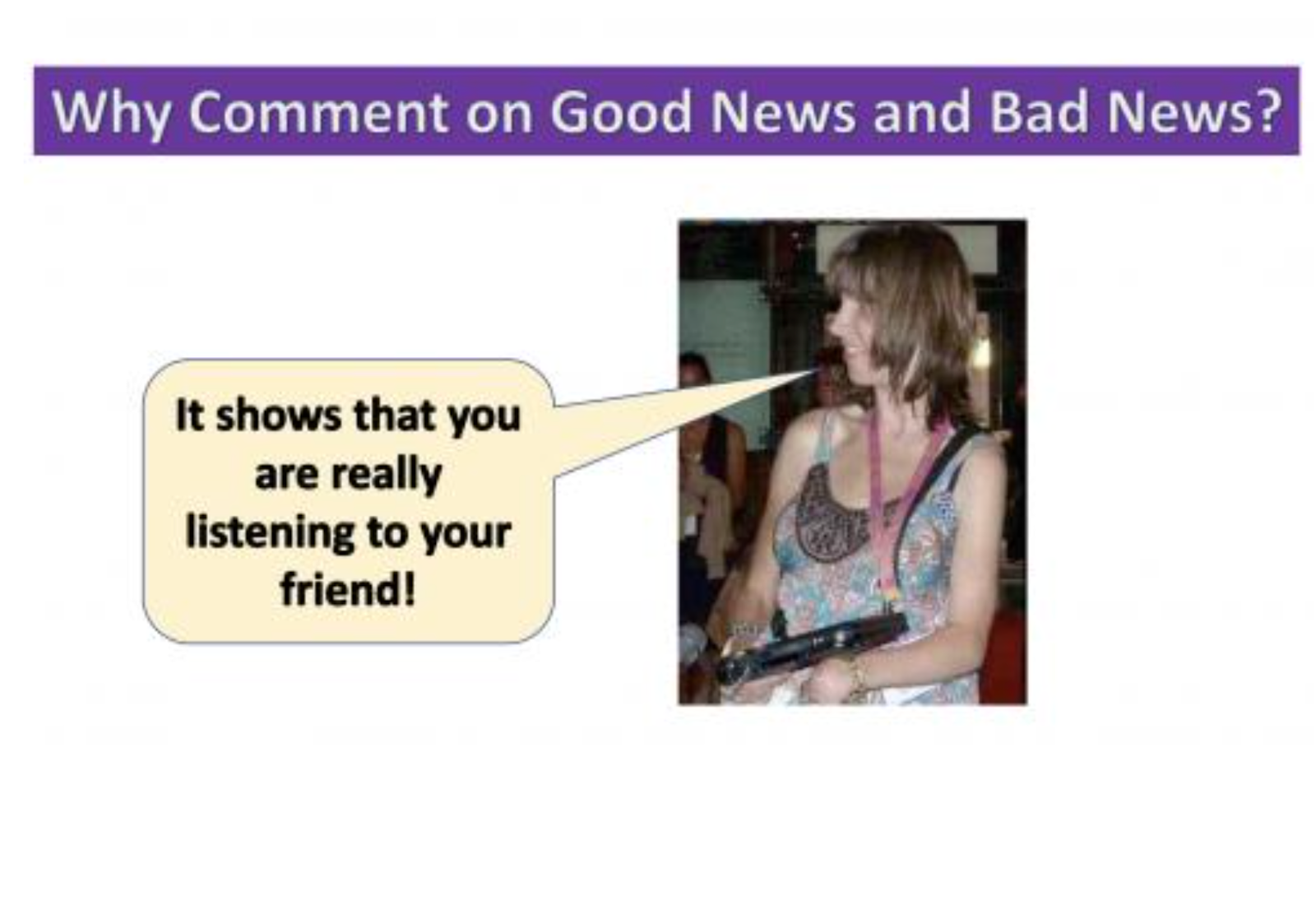What Are They? Good news / bad news are stories that have both good and bad parts, so that students who use AAC can practice giving:
• Positive Comments: Using core language (THAT IS GOOD. I LIKE THAT) or pre-stored comments (WOW, WONDERFUL, GREAT, COOL). • Negative Comments: Using core language (NOT GOOD. THAT IS BAD. DON'T LIKE)
or pre-stored comments (YIKES, YUCK, OH NO. UH-OH. OOPS. BUMMER).
•Neutral Comments: Using core language (REALLY. INTERESTING) or pre-stored comments (WELL, OKAY).
This book is in story format. It tells of the trials and tribulations of a young girl whose kitty has gone missing. Join her to practice giving feedback to the girl about her search for her kitty.
The Good News / Bad News about cooking follows a story about cooking Mac and Cheese,
and the ups and downs that happen while cooking We can all relate to that, right?
`The book also gives advice from Krista on why using comments when you hear good news or bad news is really important.
So go to www.tarheelreader.org , choose Find a Book, and search for Krista H to find these powerful books!!
And THANKS to Columbia Regional Inclusive Services for supporting this project!!







